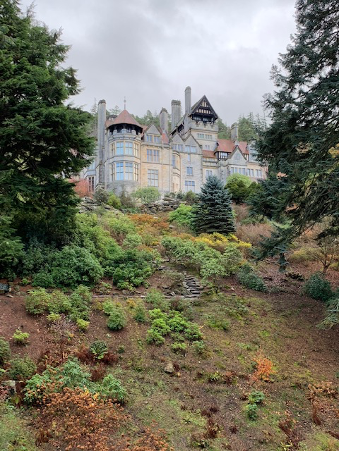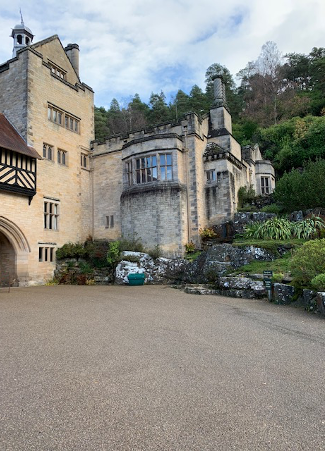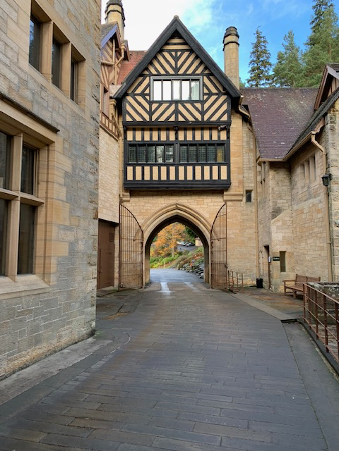Cragside
Arrow have been contracted to carry out a renewable feasibility study into the conversion from fossil fuel to renewable energy at Cragside in Northumberland.
Cragside is a Victorian country house near the town of Rothbury in Northumberland, England. It was the home of William Armstrong, 1st Baron Armstrong, founder of the Armstrong Whitworth armaments firm. An industrial magnate, scientist, philanthropist and inventor of the hydraulic crane and the Armstrong gun, Armstrong also displayed his inventiveness in the domestic sphere, making Cragside the first house in the world to be lit using hydroelectric power.
The site uses a reasonable amount of energy across various areas of the site. A number of technologies have been evaluated, heat pumps, combined heat and power, biomass, wind turbines and solar PV. To reduce the overall cost electricity generation would seem the most appropriate approach.
Therefore, to generate electricity the most suitable solutions were wind turbines and solar PV. The Visitor centre heat demand can be addressed with a Water Source Heat Pump (WSHP), however all of these approaches were costly and will take time to implement.
Key points to consider for any of the proposals was the archeological and ecology aspects which required further investigation. The electricity capacity from the grid supply and the, upgrades to the existing buildings in terms of extra heating and conversion from the high temperature radiators to low temperature also required consideration.






